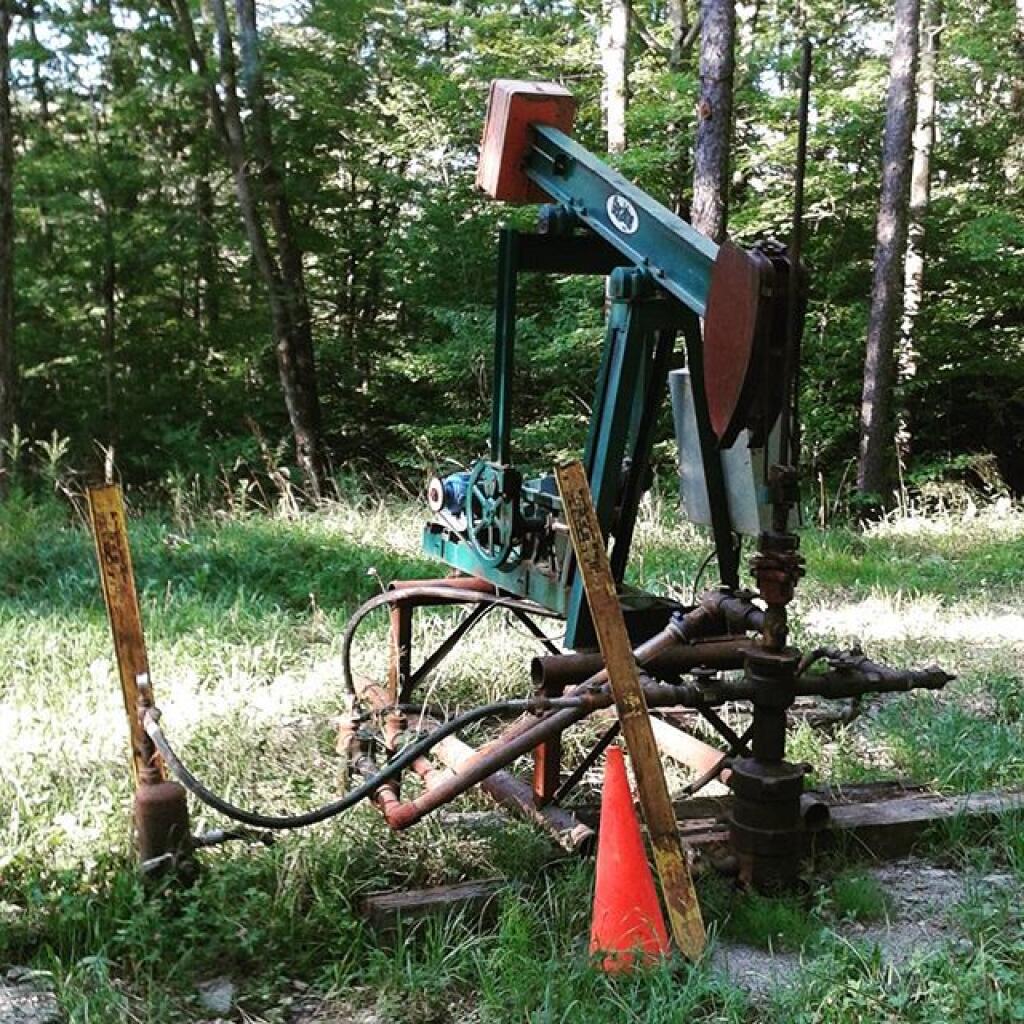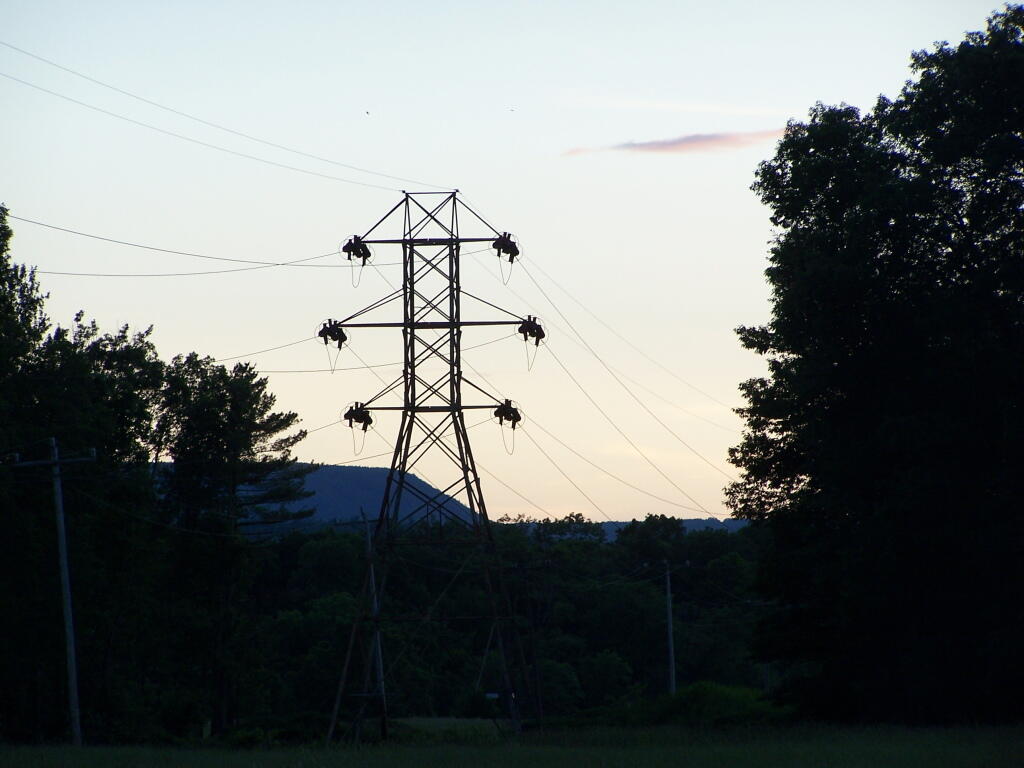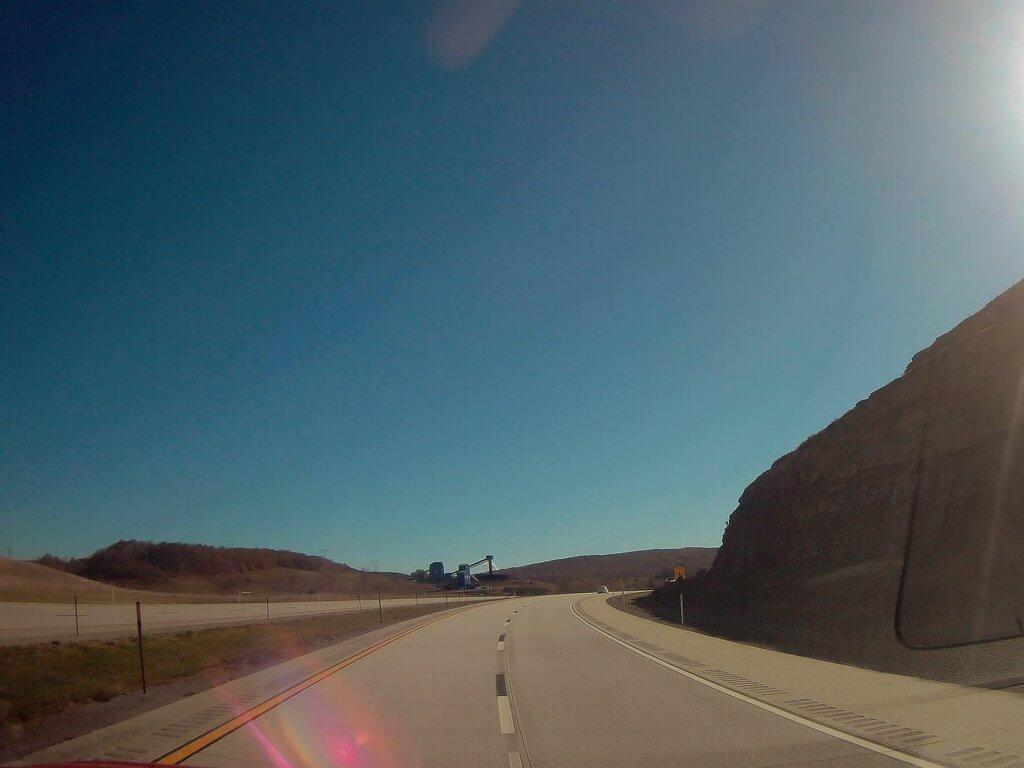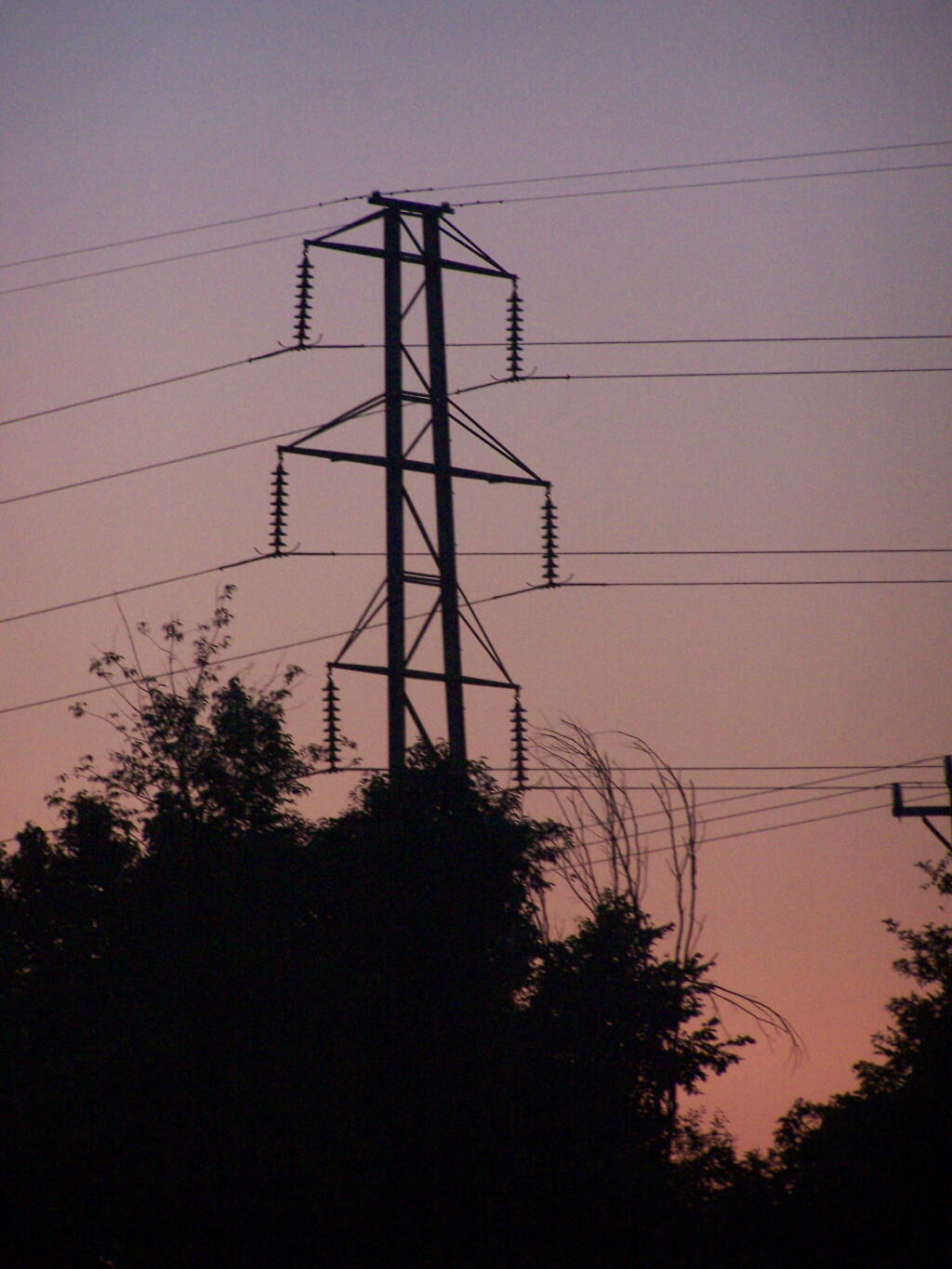One thing I really despise is climate change activists who have decided on what their ideal target for climate change would be, and that we must meet those ends, by using any means possible. You’ve certainly heard the logic, “we must limit climate change to 1.5 degrees Celsius, to ensure a livable climate and therefore must do the following…”
That’s assuming there is only definition of a livable climate, and that there should be no debate on how clear or polluted we want our environment to be. It also is a form of ends justifying the means, rather then taking into careful consideration the means and how they relate to the ends. A higher climate target such as 2 or 3 or even 5 degrees Celsius global temperature mean might be entirely realistic when we consider the costs of the most aggressive plans for climate change.
I think a better plan would be to take a look at current technology and what people desire from existing energy services like motoring, electricity, and heat, and see what improves can be made to the system in a realistic time period. We should take a hard look at the likely climate outcomes, and see if this motivates society to step up it’s game — but keep everything in context. Rather then choosing an unrealistic climate goal of 1.5 degrees for a livable climate, I think we should look at the unlivable climate we are moving towards, work to adapt society to the changing climate and take reasonable steps to promote conservation like increased fuel efficiency, more renewables.




